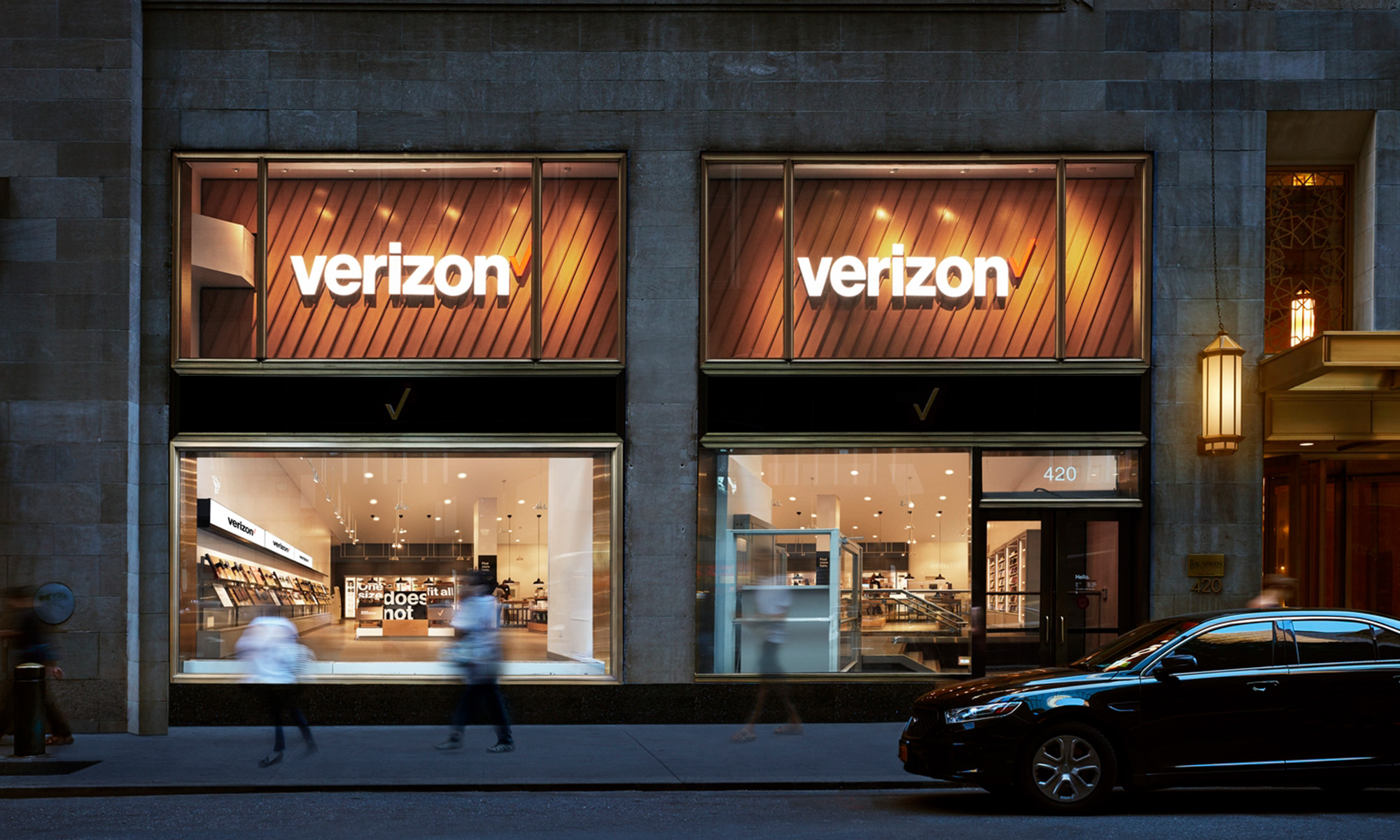Not all dividends are created equal. Here, we'll do a top-to-bottom analysis of a company to understand the quality of its dividend and see how it's changed over the past five years.
The company we're looking at today is Windstream (NYSE: WIN), which yields 8.8%.
Industry
Windstream is a rural telecom provider. The company and its competitors have been consolidating to benefit from economies of scale. Windtream acquired NuVox, Iowa Telecommunications Services, Hosted Solutions Acquisition, and Q-Comm just in 2010. Competitor CenturyLink (NYSE: CTL) made moves as well, buying Embarq and Qwest, while competitor Frontier Communications (NYSE: FTR) bought Verizon's (NYSE: VZ) rural wire-line business in 2010.

Windstream Corporation Total Return Price Chart by YCharts
Dividend
To evaluate the quality of a dividend, the first thing to consider is whether the company has paid a dividend consistently over the past five years and, if so, how much it has grown.

Windstream Corporation Dividend Chart by YCharts
Windstream has maintained a $0.25 dividend per quarter for the past five years.
Immediate safety
To understand how safe a dividend is, we use three crucial tools, the first of which is:
- The interest coverage ratio, or the number of times interest is earned, calculated by dividing earnings before interest and taxes by interest expense. The interest coverage ratio measures a company's ability to pay the interest on its debt. An interest coverage ratio less than 1.5 is questionable; a number less than 1 means that the company is not bringing in enough money to cover its interest expenses.

Windstream Corporation Times Interest Earned TTM Chart by YCharts
Windsream covers every $1 in interest expense with nearly $2 in operating earnings.
Sustainability
The other tools we use to evaluate the safety of a dividend are:
- The EPS payout ratio, or dividends per share divided by earnings per share. The EPS payout ratio measures the percentage of earnings that go toward paying the dividend. A ratio greater than 80% is worrisome.
- The FCF payout ratio, or dividends per share divided by free cash flow per share. Earnings alone don't always paint a complete picture of a business' health. The FCF payout ratio measures the percentage of free cash flow devoted to paying the dividend. Again, a ratio greater than 80% could be a red flag.

Source: S&P Capital IQ.
Windstream's payout ratio has been steadily rising. While the earnings payout ratio exceeds 100%, the free cash flow payout ratio remains near 80% which is high.
Alternatives

Source: S&P Capital IQ.
Although Windstream's dividend is high, so is its payout ratio. Alaska Communications Systems Group (Nasdaq: ALSK) has a massive trailing dividend of 18.9% but a trailing FCF payout ratio of nearly 140%. AT&T (NYSE: T), on the other hand, has a dividend yield of 6% and an FCF payout ratio of 65%. Verizon (NYSE: VZ) rounds out the group with a dividend of 5.2% and an FCF payout ratio of only 44%.
Another tool for better investing
Most investors don't keep tabs on their companies. That's a mistake. If you take the time to read past the headlines and crack a filing now and then, you're in a much better position to spot potential trouble early. We can help you keep tabs on your companies with My Watchlist, our free, personalized stock-tracking service.
- Add Windstream to My Watchlist.
For more dividend stock ideas, get The Motley Fool's free report, "11 Rock-Solid Dividend Stocks."







